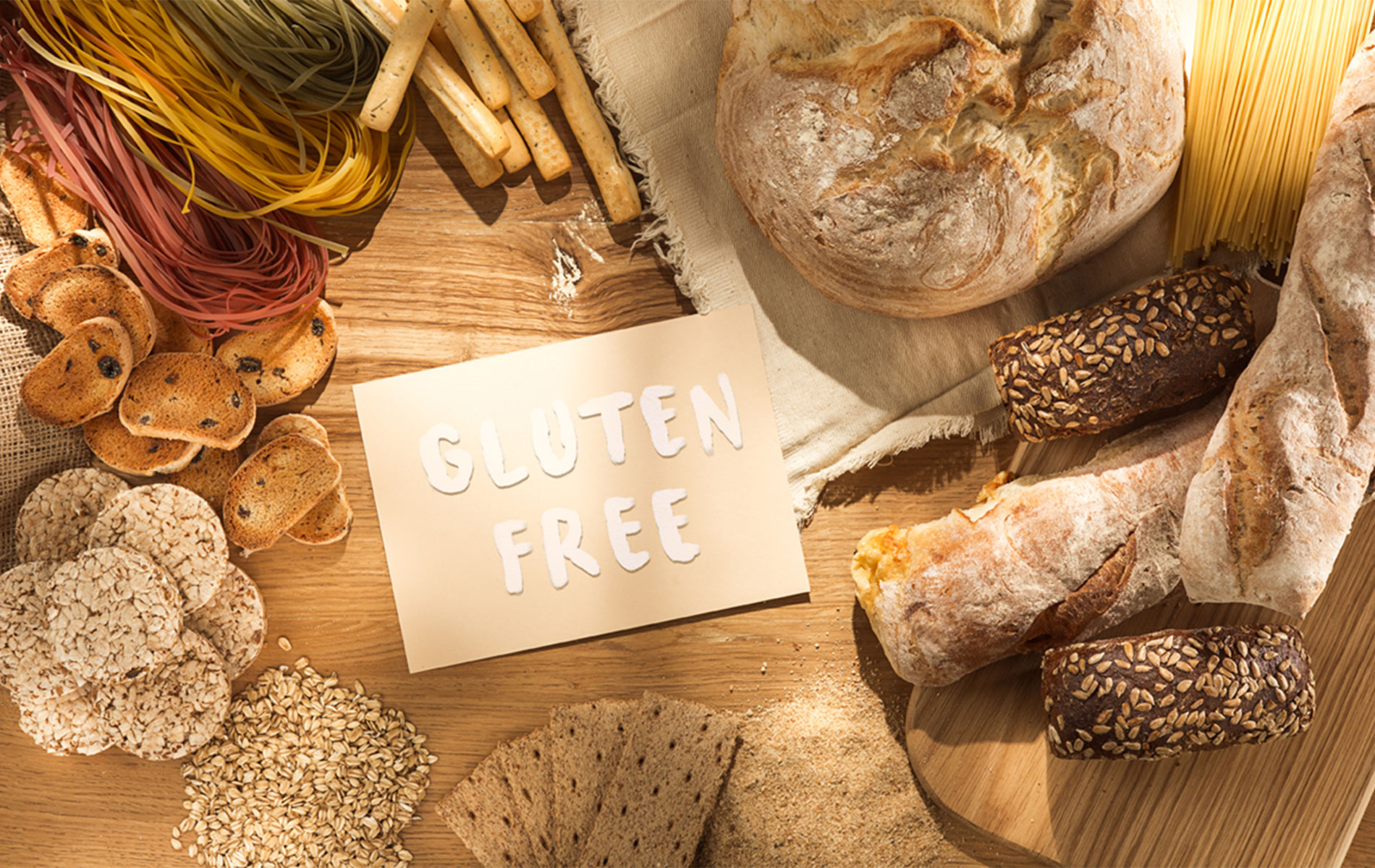Information provided by: celiac.org
Gluten is a general name for the proteins found in wheat (wheatberries, durum, emmer, semolina, spelt, farina, farro, graham, KAMUT® khorasan wheat and einkorn), rye, barley and triticale – a cross between wheat and rye. Gluten helps foods maintain their shape, acting as a glue that holds food together. Gluten can be found in many types of foods, even ones that would not be expected.
The Big 3: Wheat, Barley, Rye
Wheat
Wheat is commonly found in:
• breads
• baked goods
• soups
• pasta
• cereals
• sauces
• salad dressings
• roux
Barley
Barley is commonly found in:
• malt (malted barley flour, malted milk and milkshakes, malt extract, malt syrup, malt flavoring, malt vinegar)
• food coloring
• soups
• beer
• Brewer’s Yeast
Rye
Rye is commonly found in:
• rye bread, such as pumpernickel
• rye beer
• cereals
Triticale
Triticale is a newer grain, specifically grown to have a similar quality as wheat, while being tolerant to a variety of growing conditions like rye. It can potentially be found in: breads, pasta, cereals
Oats
Oats can add diversity and offer many nutritional benefits to the gluten-free diet. Celiac Disease Foundation’s medical experts recommend only oats labeled gluten-free as cross-contact may occur when oats are grown side-by-side with wheat, barley or rye.
Patients eating oats from any source may complain of symptoms. This could be due to one or more of several factors, including intolerance to the increase in fiber, food intolerances, contamination with gluten, or, rarely, the development of an immune response to oat protein, similar to that occurring due to gluten.


